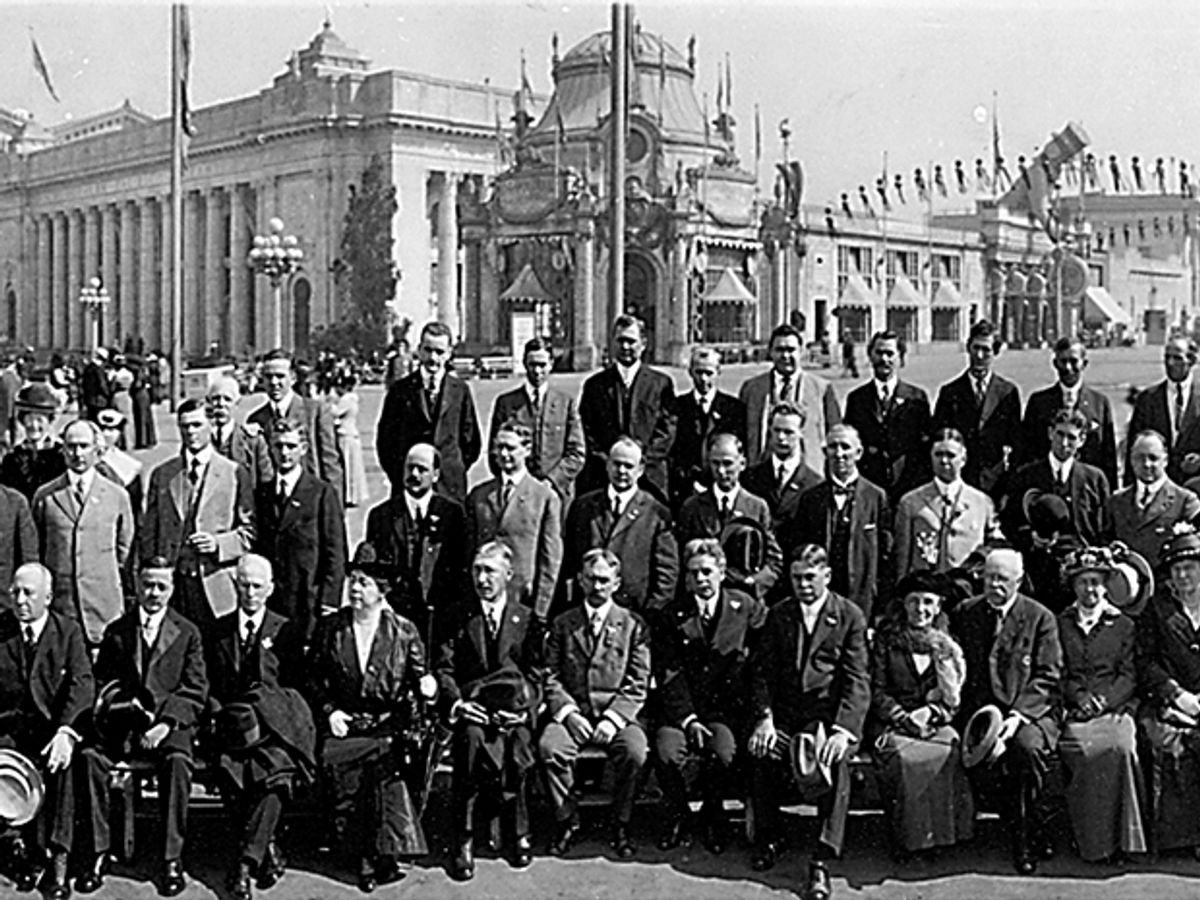In 1912, when the Institute of Radio Engineers was founded, my mother was 10 years old. She lived on a farm in a house with no electricity. She had never seen an automobile, and it would be quite a few years before she heard a radio station or saw an airplane fly through the sky above the farm. Yet she lived to see, on television, a man walk on the moon. What an age of achievement!
Radio itself wasn’t too much older than my mother in 1912, and looking back, it seems remarkable that an institution like the IRE would have been founded around such a nascent technology. But those were propitious times for radio. Guglielmo Marconi’s daughter Gioia once told me that her father considered 15 April 1912 the single most important day in the history of radio. That was the day the RMS Titanic sank, and the world’s attention turned to the role of radio, in both the saving and the loss of lives in that disaster.
Surely the founders of the IRE had no idea of the miracles that would follow from the evolution of their experimental spark transmitters and crystal receivers. In the U.S. National Academy of Engineering’s list of the 20 greatest engineering achievements of the 20th century, nearly half are directly related to electricity and electronics: electrification, electronics, radio and television, computers, telephone, Internet, imaging, household appliances, and laser and fiber optics. I have a strong sense of shared pride in contemplating that list. We engineers did those things. We changed the world.
I’ve been privileged to know and sometimes work with the pioneers who created those technologies. I feel as if I grew up with them, and that is largely because of the interactions enabled and encouraged by the IRE and its successor, the IEEE, which grew out of the merger of the IRE and the American Institute of Electrical Engineers in 1963. Before there was such a thing as a social network, the IEEE was our social network. Through its publications, conferences, and awards, we engineers became familiar with new technology and with new colleagues from around the world.
The world of radio engineers was a very small place in 1912. The IRE had just 46 charter members when it was founded; today the IEEE has more than 400 000, over half of whom reside outside the United States. As the IEEE has grown, it has branched out, as evident in the growing number of its societies and specializations. Despite this diversification, the center of our institution has held, and its purpose and activities are still fundamentally the same as those of the small society of radio engineers founded in 1912.
Can we expect the next 100 years to look like the last? Certainly, the last century saw some great inventions that spawned vast industries; the transistor and integrated circuit, the laser, and the Internet come immediately to mind. The one defining characteristic throughout was exponential change—a generalized Moore’s Law of progress. I believe that the same pace of progress will continue. Whether electronics will play the same central role remains to be seen; perhaps biology will come to dominate. Regardless of what discipline prevails, however, the rigorous, analytical thought that characterizes engineering will still be necessary, and the supporting role of the IEEE will be invaluable—even if it should mean another merger.
This article originally appeared in print as "In Celebration of the IRE."
About the Author
IEEE Life Fellow Robert W. Lucky writes the Reflections column for IEEE Spectrum. For more about him, see this issue’s Back Story.

